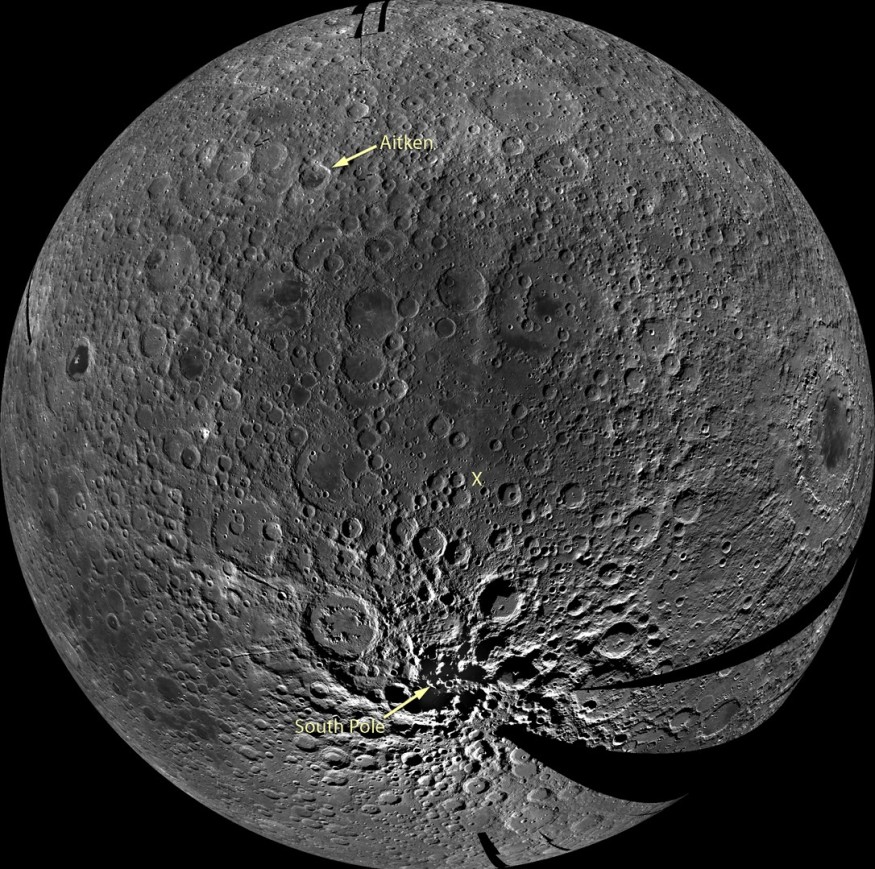On Thursday night, Beijing time, an ascender from China's Chang'e 5 spacecraft lifted off from the moon's surface with a container filled with lunar dust and boulders.
Shortly before midnight, the state news agency Xinhua announced that the ascender had successfully taken off from the moon.
"This represented the first-ever Chinese spacecraft to take off from an extraterrestrial body," Xinhua said.
The celestial dust and stones will be transported to a returning capsule that is scheduled to arrive in less than two weeks in Inner Mongolia's snow-covered grasslands in northern China.
If it does, lunar samples can be taken down to Earth for the first time following the US and Soviet flights in the 1960s and 70s.

Moon Rock and Soil
The spaceship had been busy since it managed to land near the top of Mons Rümker, a mountain on Tuesday after 11 pm Beijing time (10:00 am EDT) in the Oceanus Procellarum (Ocean of Storms) area of the moon.
Using a robotic arm, the lander scooped about 1.5kg (3.3 pounds) of rock and soil from the surface and drilled down about 2 meters (6.6 feet) for underground samples of 500 grams (1.1 pounds). Before the solar battery runs out of fuel, it all had to be finished.
It would be a tense wait for the deputy chief designer of the spacecraft, Hong Xin, and his colleagues at the Shanghai Institute of Space Propulsion as the Chang'e 5 begins its way back to Earth.
Lift Off
Their main problem was the lift-off from the moon. The ascender had to survive searing daytime heat and other rocket engines' environmental problems.
There was also a possibility that when the Chang'e-5 touched down, pieces may have fallen loose and that lunar dust might mess with components or sensors.
A network of satellite stations tracking the ascender is closely observing the mission to fix any change in its path as it makes its descent up from the moon to ensure that it lands in lunar orbit on a base. The canister would be moved to the return capsule from there.
There are ten ground stations in China, two electronic monitoring vessels in the Pacific Ocean, and two overseas ground stations in Argentina and Namibia operated by China.
Despite having too many stations monitoring the spacecraft, the live-stream pictures from its on-board cameras were cut off on the last leg of its descent to the moon on Tuesday.
Chinese state media stated that the disruption was triggered by the restricted bandwidth of contact, quoting unidentified space experts. They said that the spacecraft sensors were functioning and transmitting data back to Earth, putting the potential for contact to the maximum. Over photos, data such as flight status and radar feeds took precedence.
Australia's Space Monitoring Station
According to a chart shown in China's flight control center, the satellite transmission network still has a void in the southern Pacific Ocean as Australia is not supplying data for the mission.
The mission comes despite increased tensions between the two nations, and Reuters reported in September that after its contract ends, China will revert back to a strategic space monitoring station in Australia. Still, it is uncertain when the lease runs out.
According to the Chinese space authorities, northwest Africa and Central America had to provide backup should any of the China-run stations lose contact despite Europe had offered help.
A mobile monitoring station in Karachi, Pakistan, will also be enabled by China to establish contact throughout the journey's last leg.
Check out more news and information on Space on Science Times.












